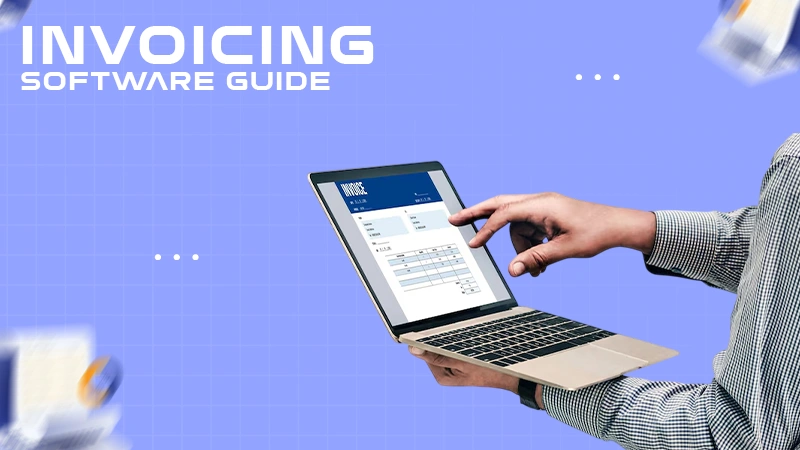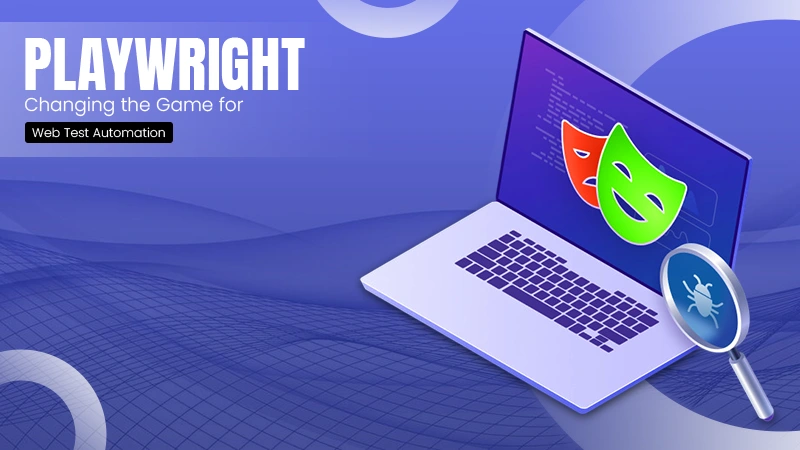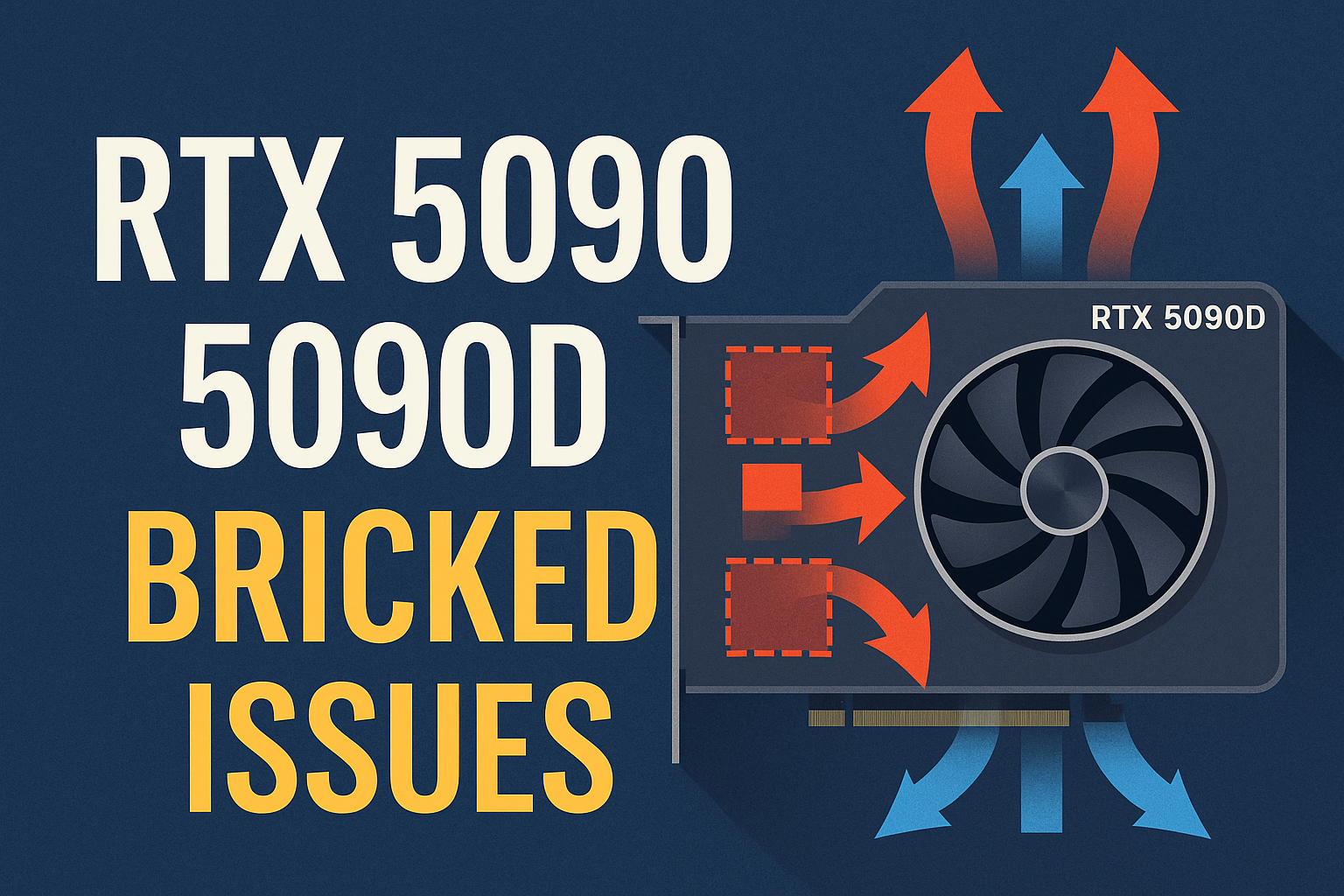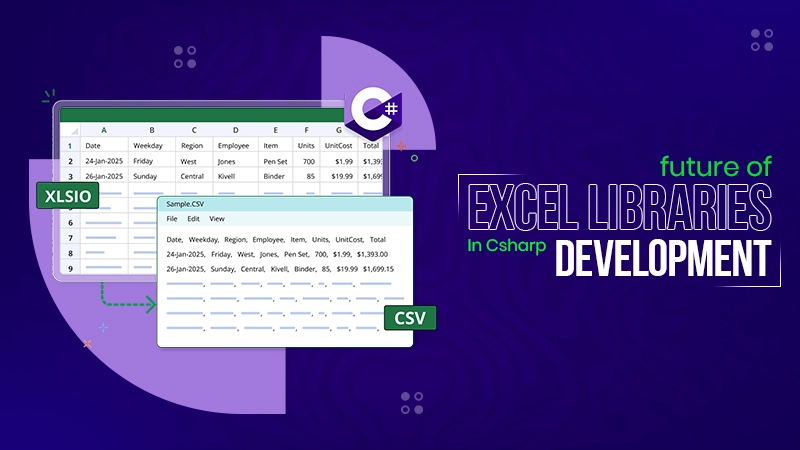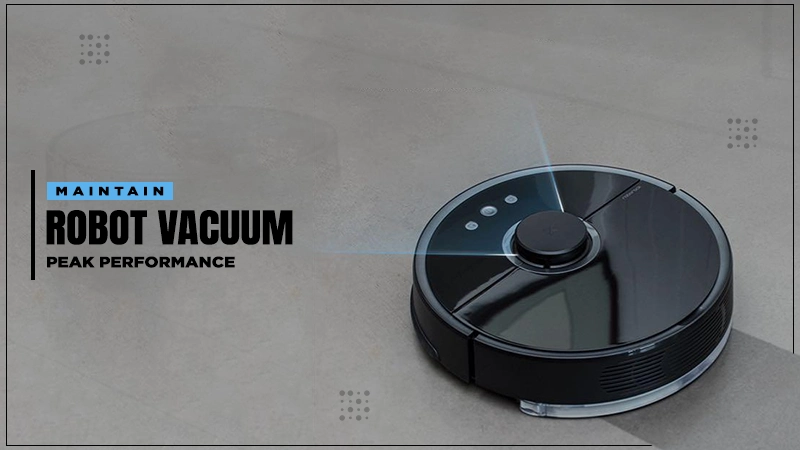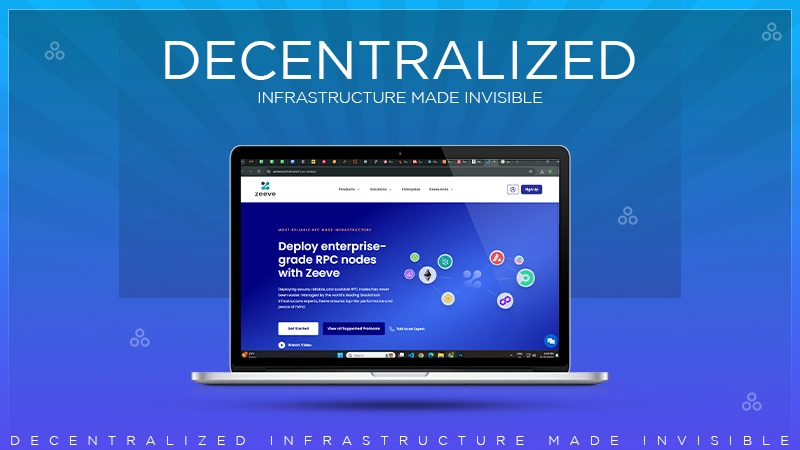
A CPQ system helps sales teams create accurate quotes faster and manage complex pricing easily. It saves time, reduces errors, and makes the sales process more organized.
With the right setup, it can boost productivity and improve customer satisfaction. Planning is important to make sure the system fits business needs. Each step must be clear to avoid mistakes during setup.
The right strategy helps teams work better and close deals faster. Learn how to make your Salesforce CPQ implementation successful by following the key steps below.
Understanding the Basics of CPQ Implementation
Before starting, it is important to know what CPQ stands for. It means Configure, Price, Quote. The system automates the way products and services are configured, priced, and quoted for customers.
Understanding this helps identify how it fits into your existing sales process. A clear overview of the system ensures teams are prepared for changes. Mapping out current workflows before setup makes the transition smoother. This early stage builds the foundation for an effective implementation.
Setting Clear Objectives and Expectations
Defining what the business aims to achieve with CPQ is critical. Goals could include:
- faster quote generation
- fewer pricing errors
- improved customer experience
Setting these goals early helps guide every step of the project. It also ensures everyone knows what success looks like.
Measurable outcomes should be tracked from the start to gauge progress. A shared vision among teams keeps the implementation aligned with company objectives.
Data Preparation and System Integration
Accurate and clean data is key to successful implementation. Before setup, check all product, pricing, and customer records for consistency. Integration with other systems should also be planned carefully. This ensures information flows smoothly between departments.
Partnering with experts in Salesforce Data 360 Consulting can help manage data migration and system alignment. A structured data approach improves performance and reduces long-term maintenance issues.
Customizing the CPQ to Fit Business Needs
Every business has unique processes, so customization is often necessary. The system should be tailored to match pricing rules, discount policies, and approval flows. Simple configuration options can improve user adoption and speed up training.
Automation should support, not complicate, existing sales practices. Testing different setups helps identify what works best for the team. The goal is to make the system practical and easy to use daily.
Monitoring Performance and Making Improvements
After the system goes live, continuous monitoring is essential. Tracking key metrics like quote accuracy and deal closure times shows how well the setup works. Feedback from users should be collected to identify challenges.
Adjustments can then be made to improve efficiency and user satisfaction. A review plan helps keep the system in line with changing business goals. This ongoing process ensures lasting value from the implementation.
Learn About Successful Salesforce CPQ Implementation
A successful Salesforce CPQ implementation requires planning, collaboration, and regular review. Each stage plays a key role in aligning the system with real business needs. Strong data, good training, and consistent tracking lead to better outcomes.
Companies that invest time in these steps see faster sales and higher accuracy. When managed well, CPQ systems help teams focus on selling instead of fixing errors. The result is a more efficient process and a stronger competitive edge.
For more topics, check our blog. We do have more!


